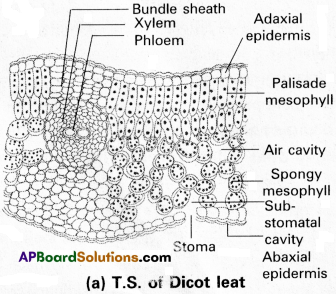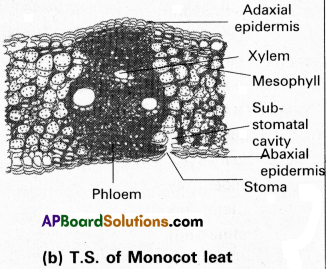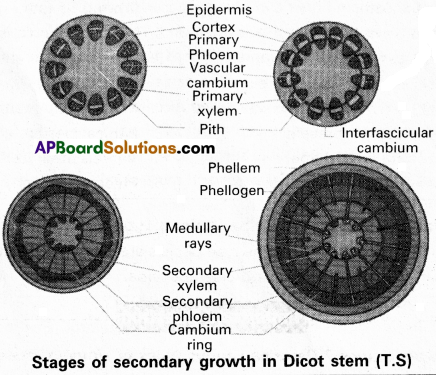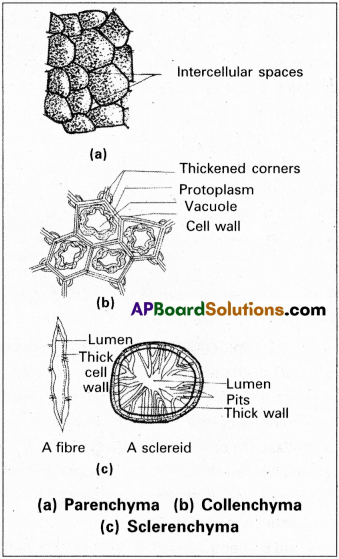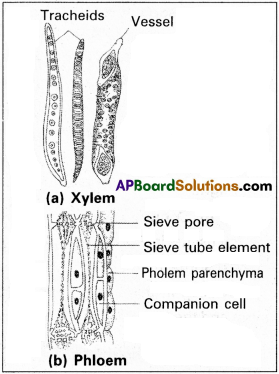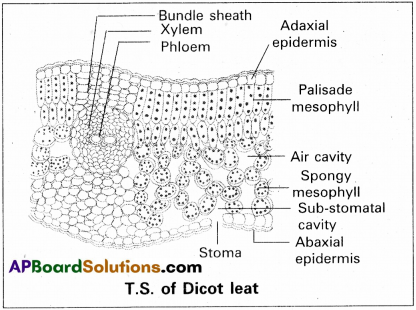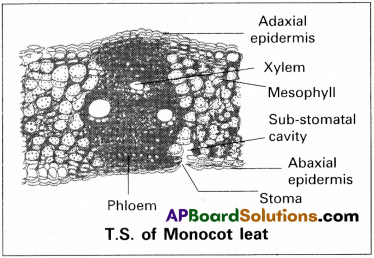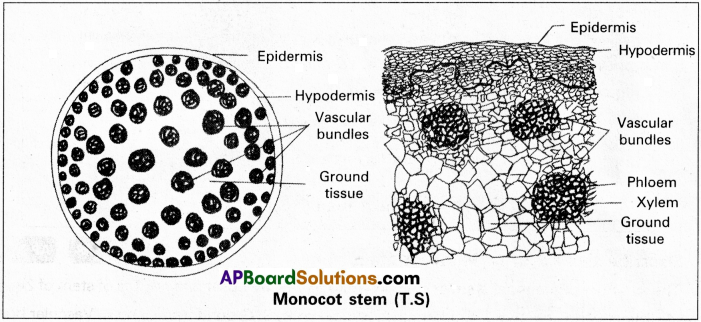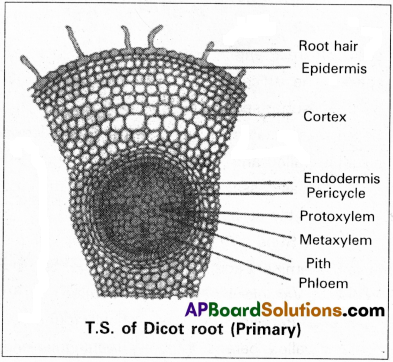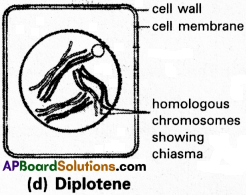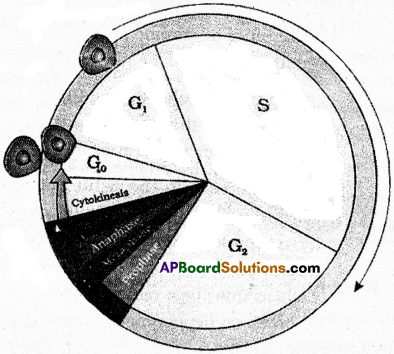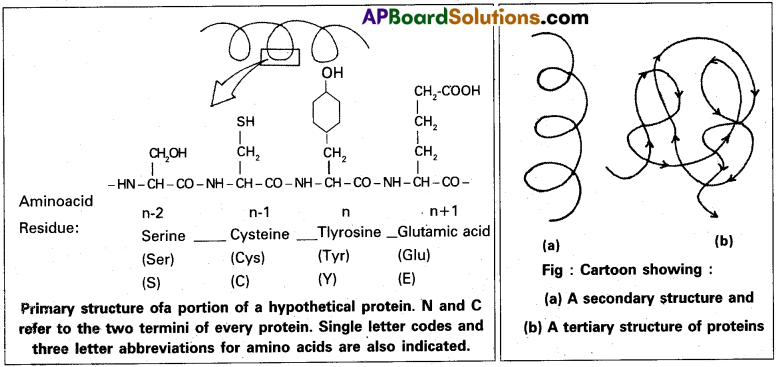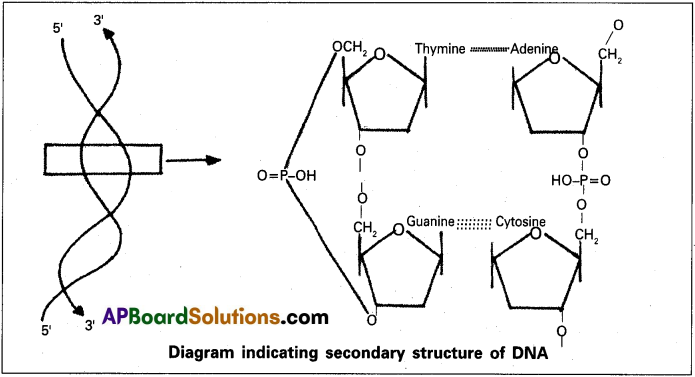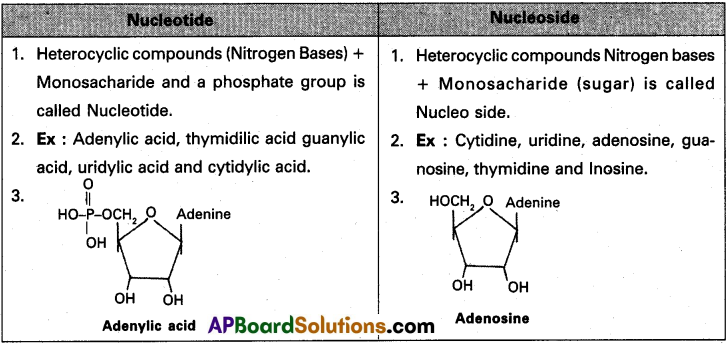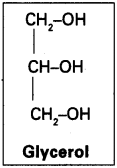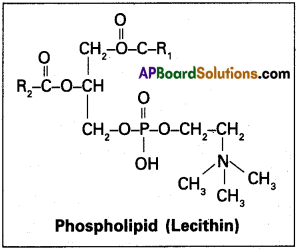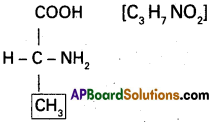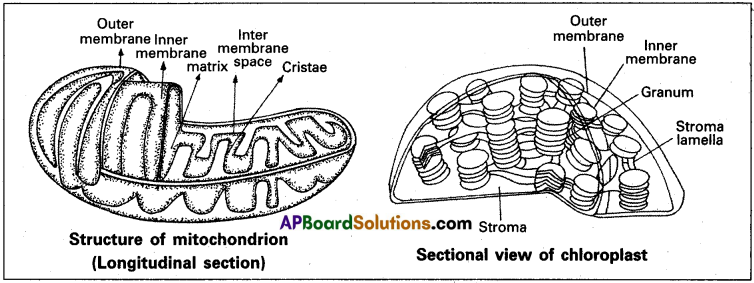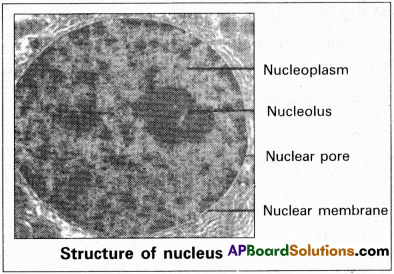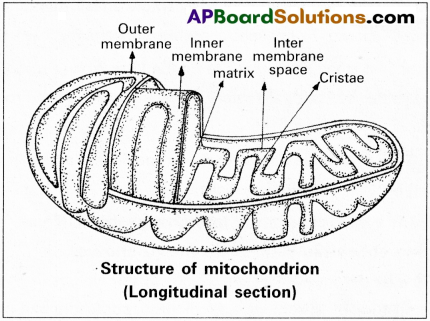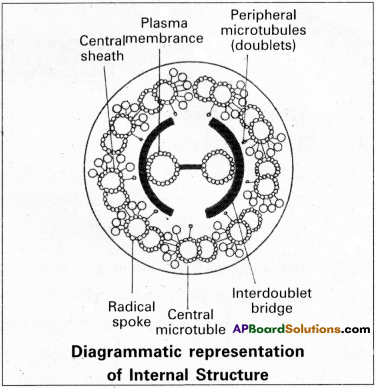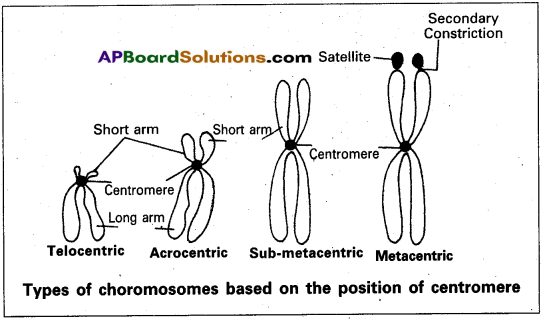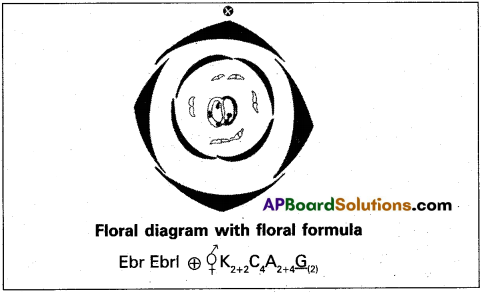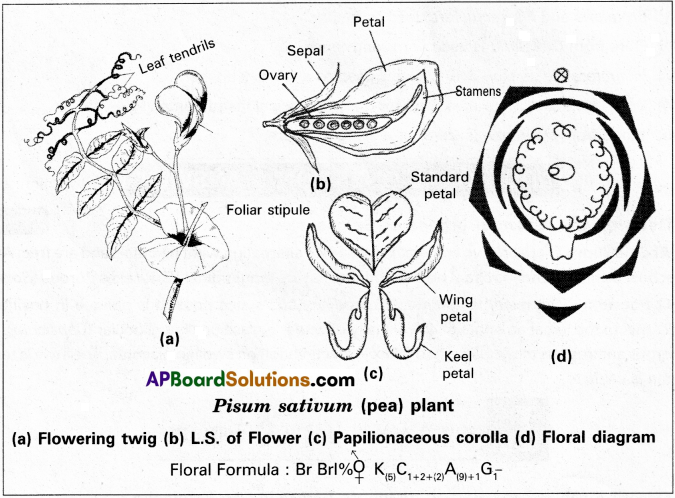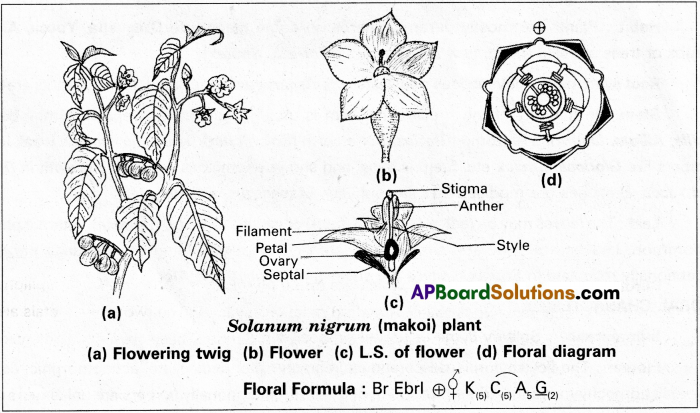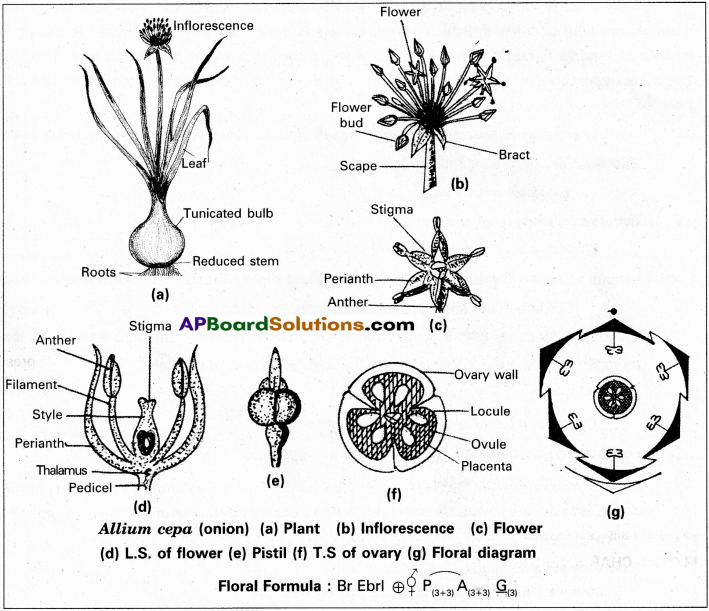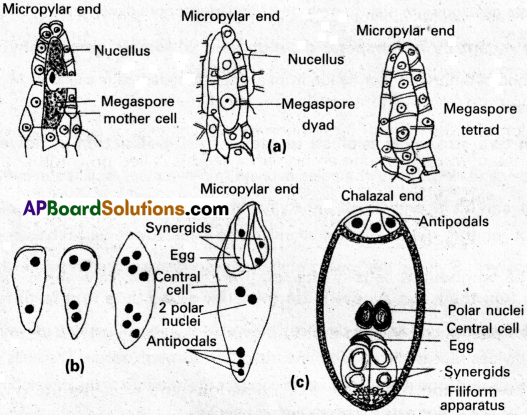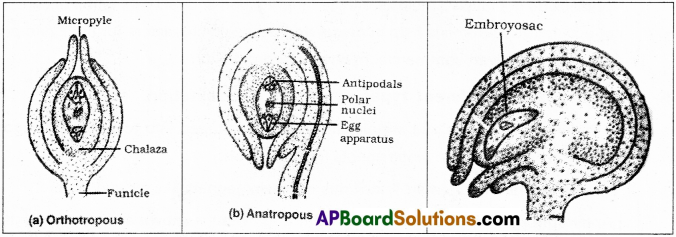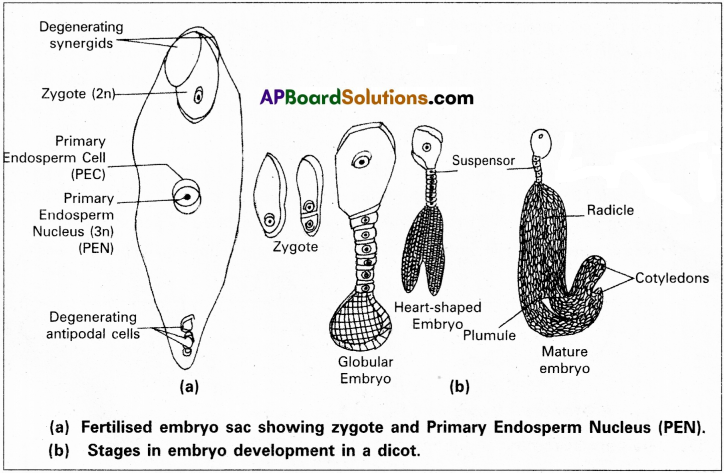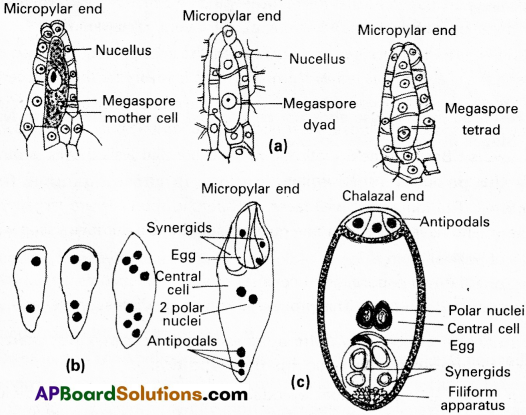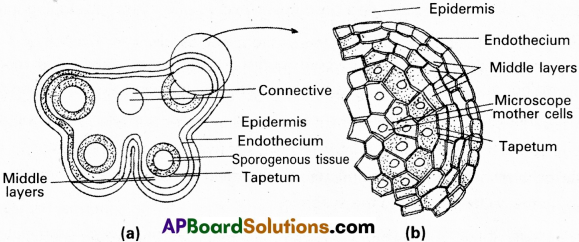Students can go through AP Inter 1st Year Commerce Notes 3rd Lesson Forms of Business Organization will help students in revising the entire concepts quickly.
AP Inter 1st Year Commerce Notes 3rd Lesson Forms of Business Organization
→ Business is one of the human economic activities. Profit is a consideration of business.
→ Business is an economic entity i.e., an artificial person.
→ Business units may be classified into two types.
- Noncorporate units
- Corporate units
→ Sole proprietorship concern is one of the noncorporate units.
→ Each and every business concern must have its own merits and demerits.
![]()
→ Sole proprietorship business is owned by only one person and controlled by a single individual.
→ The complete risk in sole proprietorship concern is borne by a sole trader.
→ The sole trade liability is an unlimited liability because the sole proprietorship firm has no separate legal entity.
→ The sole trader and sole proprietorship firms both were the same as per law.
→ To commencement of sole proprietorship firm legal formalities are very less.
→ In sole proprietorship concerns, decisions should be taken by only one person i.e., the sole trader.




